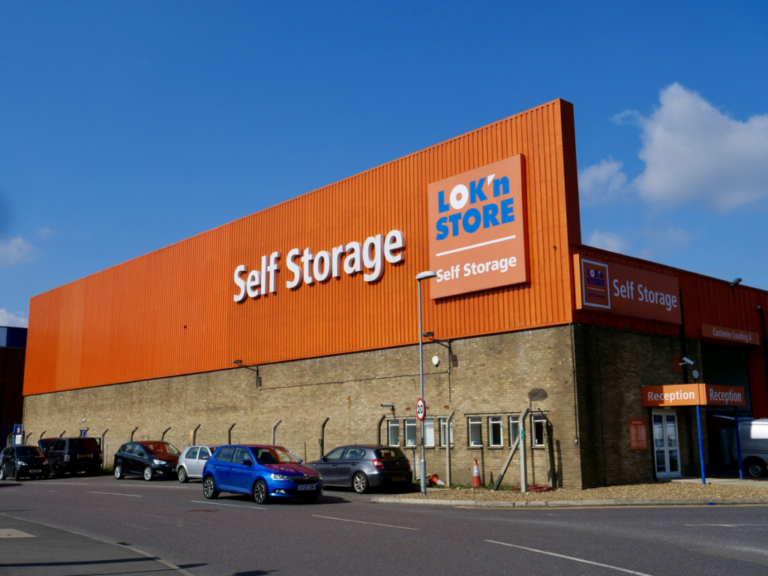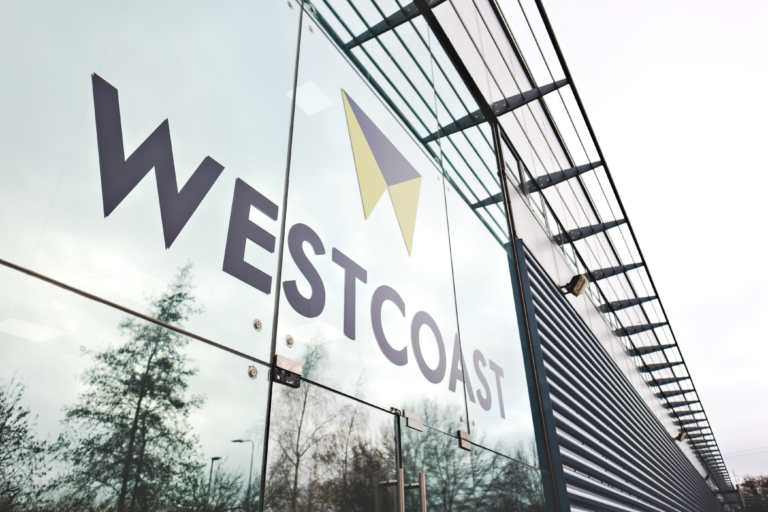Reading: Growth forecast to be among best in UK over next three years

Reading is expected to be one of the UK’s fastest growing towns or cities over the next three years (alongside Manchester) in terms of its economic growth, with 2.4% Gross Value Added (GVA) per year until 2020, according to EY’s UK Region and City Economic Forecast. The broader Thames Valley region is not far behind with expected GVA of 2.3% per year.
EY’s forecast says cities in Southern England (outside of London) are expected to outperform those located across the rest of the country in the period 2017 – 2020. Luton, Bristol and Exeter are all forecast to experience GVA growth of 2.3% per year until 2020 – higher than the national average of 1.8%. Southampton is not far behind with 1.9% and Oxford is forecast 0.7% growth per year until 2020.
Employment across the Thames Valley is forecast to grow by 0.7% between 2017 and 2020, with employment in Reading expected to increase by 0.9% per year during the same period. As a result, both will outpace the broader South East (0.6%) and UK (0.4%).
EY’s forecast says there has been little progress on geographical rebalancing of the UK’s economy in the last three years and the economic divide between the North and South of the UK will continue to expand (albeit at a slower rate than previously) leading up to 2020. London and the South East will continue to outperform all other UK regions through to 2020 with GVA growth per year of 2.2% and 2.0% respectively.
Richard Baker, managing partner at EY in the Thames Valley & South, says: “The pace of economic and employment growth in Reading and the Thames Valley is already outpacing London and the wider South East and will continue to do so over the next three years.
“The growth we’re seeing in both Reading and the Thames Valley reflects the strengths of the region in terms of its highly skilled workforce; the employer base ranging from world-leading corporates through to fast-growth entrepreneurs; and the region’s sectoral composition. In Reading, the information & communications sector accounts for more than twice as large a share of GVA as the national average. These conditions mean Reading and the Thames Valley is able to continue growing faster than much of the rest of the UK.”
Economic rebalancing remains illusive
GVA growth in northern and devolved regions is expected to be relatively slower. The North East is forecast to experience the slowest rate of GVA growth between 2017 and 2020, growing at 1.2% per year. It is also the only region where employment is expected to decline, falling by 0.1% per year between 2017 and 2020, with the largest declines projected in the manufacturing and public administration sectors.
Baker continued: “The UK has made little progress on regional rebalancing over the past three years, and we expect more of the same leading up to 2020. In fact, we expect that some of the fastest growing regions over the next three years will be the four most southerly ones, London, the South East, the South West and the East. This means that the economic gap between North and South could be larger in 2020 than it was in 2010.”
Manchester forecast to be UK’s strongest performing city, alongside Reading
Manchester is forecast to be the strongest performing city in terms of both GVA (alongside Reading) and employment growth. These will see annual increases of 2.4% and 1.2% per year respectively between 2017 and 2020. Strong performances in the professional, scientific and technical, administrative and support services and construction sectors will be key to driving Manchester’s economy.
The report predicts a generally weaker pace of growth for cities outside of England with the majority growing slower than the overall rate of UK GVA growth between 2017 and 2020. Edinburgh is an exception to this trend, with GVA forecast to rise by 2.1% per year on average and total employment forecast to rise by 0.9%.
Baker added: “The strong GVA performance both historic and projected for Manchester demonstrates that location is not a binding constraint on growth. It is a reflection of the substantial investments that have been made in the city over the last decade. However, the success of Manchester and the strong southern cities highlights the fact that city growth typically outpaces regional growth. In every region, the fastest growing cities outpace average regional growth and the smaller towns and cities are growing more slowly – with the exception of Reading.
“The rebalancing problem is more acute within local economies than between them but policy is focussed on larger cities and groupings. A national approach to economic rebalancing is needed to ensure that smaller cities and towns and the more remote parts of regions can grow faster. Our new study launching in the New Year will shine a light on the strengths, weaknesses and outlook of the Thames Valley to outline the region’s priorities for an integrated growth strategy to further the region’s success.”
Key sectors are crucial to performance of UK cities
The performance of Reading, Cambridge and several other southern cities illustrates the importance of sectors in determining growth prospects in the short to medium-term. The report forecasts that the GVA of the information and communications sector and professional services sector will grow by 3.5% and 3.4% per year, respectively, over the next three years.
In contrast, manufacturing is only expected to grow by 1% over the same period. This translates into a strong performance for Reading, where the information & communications sector accounts for more than twice as large a share of GVA as the national average.
Baker added: “The Government’s recently published proposals for the UK’s industrial strategy are a welcome development and demonstrate how sectors will be key drivers of both productivity and the economy as a whole. The UK has to view geographic rebalancing as a key component to the process of transforming the economy. However the scale of the challenge should not be underestimated. With the requirements to prepare for Brexit, address the long-standing productivity challenge, position for technological change and maintain its competitiveness, the UK needs to invest more than it has done for some time – robots will not buy themselves.”
Southampton is predicted to have a growth rate of 1.9% - still above the UK average.















